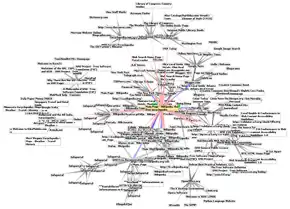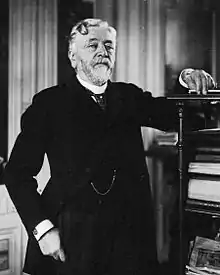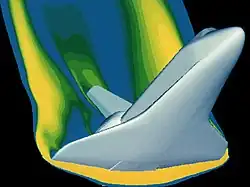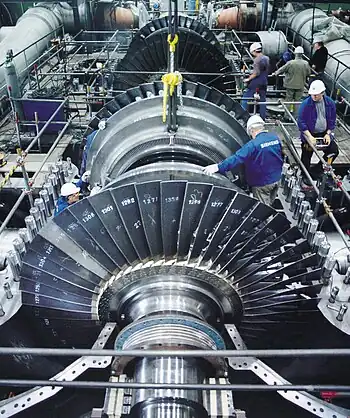|
Portals → Technology → Engineering
The Engineering Portal The steam engine, the major driver in the Industrial Revolution, underscores the importance of engineering in modern history. This beam engine is on display in the Technical University of Madrid. Engineering is the practice of using natural science, mathematics, and the engineering design process to solve technical problems, increase efficiency and productivity, and improve systems. Modern engineering comprises many subfields which include designing and improving infrastructure, machinery, vehicles, electronics, materials, and energy systems. The discipline of engineering encompasses a broad range of more specialized fields of engineering, each with a more specific emphasis on particular areas of applied mathematics, applied science, and types of application. See glossary of engineering. The term engineering is derived from the Latin ingenium, meaning "cleverness" and ingeniare, meaning "to contrive, devise". (Full article...) Engineers, as practitioners of engineering, are professionals who invent, design, analyze, build and test machines, complex systems, structures, gadgets and materials to fulfill functional objectives and requirements while considering the limitations imposed by practicality, regulation, safety and cost. The word engineer (Latin ingeniator) is derived from the Latin words ingeniare ("to contrive, devise") and ingenium ("cleverness"). The foundational qualifications of a licensed professional engineer typically include a four-year bachelor's degree in an engineering discipline, or in some jurisdictions, a master's degree in an engineering discipline plus four to six years of peer-reviewed professional practice (culminating in a project report or thesis) and passage of engineering board examinations. (Full article...) Featured article -Earl William "Madman" Muntz (January 3, 1914 – June 21, 1987) was an American businessman and engineer who sold and promoted cars and consumer electronics in the United States from the 1930s until his death in 1987. He was a pioneer in television commercials with his oddball "Madman" persona; an alter ego who generated publicity with his unusual costumes, stunts, and outrageous claims. Muntz also pioneered car stereos by creating the Muntz Stereo-Pak, better known as the 4-track cartridge, a predecessor to the 8-track cartridge developed by Lear Industries. He invented the practice that came to be known as Muntzing, which involved simplifying otherwise complicated electronic devices. Muntz produced and marketed the first black-and-white television receivers to sell for less than $100, and created one of the earliest functional widescreen projection TVs. He was credited with coining the abbreviation "TV" for television, although the term had earlier been in use in call letters for stations such as WCBS-TV. A high school dropout, Muntz made fortunes by selling automobiles, TV receivers, and car stereos and tapes. A 1968 Los Angeles Times article noted that in one year he sold $72 million worth of cars; five years later he sold $55 million worth of TV receivers, and in 1967 he sold $30 million worth of car stereos and tapes. After his success as a used car salesman and with Kaiser-Frazer dealerships in Los Angeles and New York City, Muntz founded the Muntz Car Company, which made the "Muntz Jet", a sports car with jet-like contours. The car was manufactured between 1951 and 1953, although fewer than 400 were produced. (Full article...) Did you know -
Selected image - NIST Manufacturing Systems Integration Program Credit: National Institute of Standards and Technology’s Manufacturing Engineering Computer-integrated manufacturing (CIM) is the manufacturing approach of using computers to control the entire production process. This integration allows individual processes to exchange information with each other and initiate actions. Although manufacturing can be faster and less error-prone by the integration of computers, the main advantage is the ability to create automated manufacturing processes. Typically CIM relies on closed-loop control processes, based on real-time input from sensors. It is also known as flexible design and manufacturing.
| |||||
| WikiProject Engineering Navigation | |
|---|---|
| Main page | Discussions | Project templates | Assessment | Portal | | |
Topics
Subcategories
Related portals
New articles
Extended content |
|---|
|
This list was generated from these rules. Questions and feedback are always welcome! The search is being run daily with the most recent ~14 days of results. Note: Some articles may not be relevant to this project.
Rules | Match log | Results page (for watching) | Last updated: 2023-11-29 20:44 (UTC) Note: The list display can now be customized by each user. See List display personalization for details.
|
Things you can do
- Engineering pages in need of attention
- A sampling of stubs you can improve:
- Applied mechanics | Work hardening | Hydraulic engineering | Prefabrication | Defect tracking | Process theory | Experimental reliability | Quenching | Seam welding
- You might also find engineering stubs here:
- Industry stubs | Tool stubs | Science stubs | Chemistry stubs | Biochemistry stubs | Technology stubs | Computing stubs | Electronics stubs | Aircraft stubs | Standards and measurement stubs
Associated Wikimedia
The following Wikimedia Foundation sister projects provide more on this subject:
-
 Commons
Commons
Free media repository -
 Wikibooks
Wikibooks
Free textbooks and manuals -
 Wikidata
Wikidata
Free knowledge base -
 Wikinews
Wikinews
Free-content news -
 Wikiquote
Wikiquote
Collection of quotations -
 Wikisource
Wikisource
Free-content library -
 Wikiversity
Wikiversity
Free learning tools -
 Wiktionary
Wiktionary
Dictionary and thesaurus
-
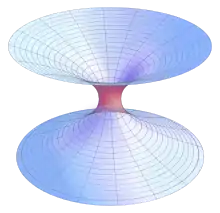 List of all portalsList of all portals
List of all portalsList of all portals -
 The arts portal
The arts portal -
 Biography portal
Biography portal -
 Current events portal
Current events portal -
 Geography portal
Geography portal -
 History portal
History portal -
 Mathematics portal
Mathematics portal -
 Science portal
Science portal -
 Society portal
Society portal -
 Technology portal
Technology portal -
 Random portalRandom portal
Random portalRandom portal -
 WikiProject PortalsWikiProject Portals
WikiProject PortalsWikiProject Portals

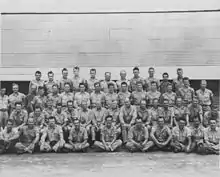

.jpg.webp)

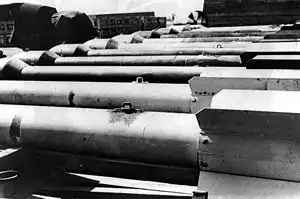
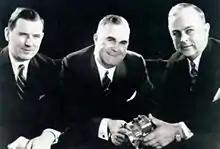

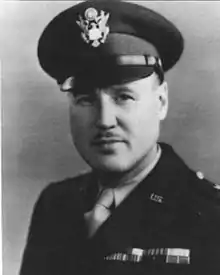
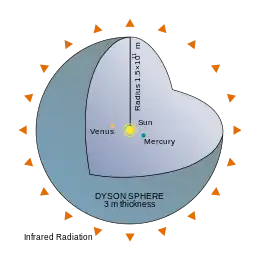

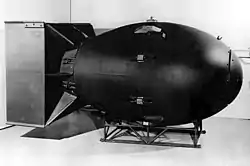
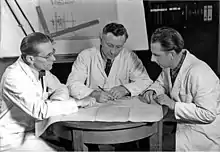
.JPG.webp)
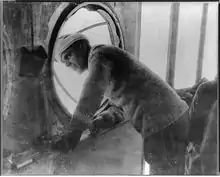

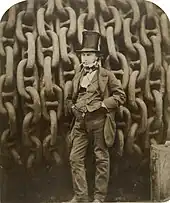





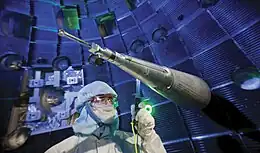
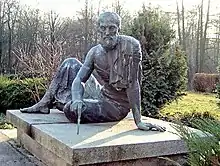
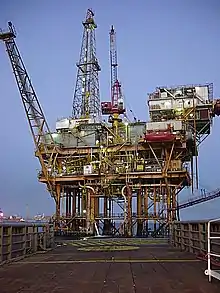


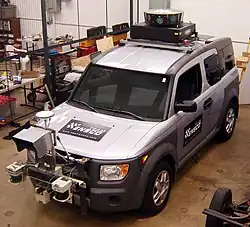



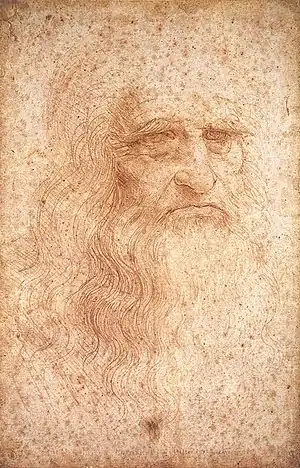


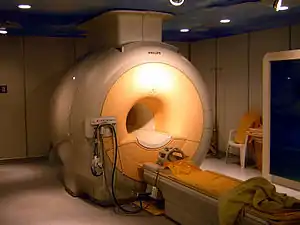
.jpg.webp)
